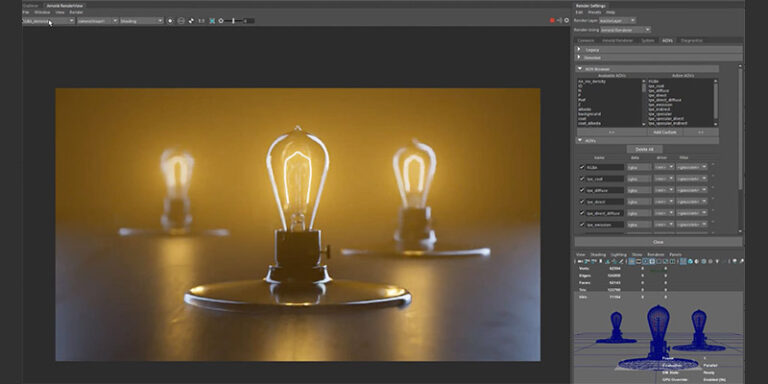

Nozon imagines building the option in to V-ray so that users can freely test the technology, generating watermarked results. Presenz will be implented in, essentially, a plug-in for the V-ray renderer that sends special commands to have V-ray shoot additional rays in new directions (revealing the crucial parallax information) and storing the data in a 3D file format rather than a 2D render. "It's not orders of magnitude, as it would be with the light-field approach," Nozon Business Development Manager Matthie Labeau said. And architects don't want to learn a game engine."Īsked about the additional pipeline requirements for a rendered image with the added parallax information, Nozon reps said the renders are roughly equivalent to a 4K stereoscopic rendering of the same space, depending on the "occlusion factor," which could increase or decrease the overall size somewhat depending on how many objects are hidden behind other objects. It has a very practical application today. "But architecture is such a huge market for us, and there is no guessing what we can use VR for there. "People are still trying to come to grips with what sort of content you can create for VR," Chaos Group Communications Director David Tracy told StudioDaily. Nothing about Nozon's technology is specifically geared toward V-ray - in fact, it was first implemented internally using Arnold - but Chaos Group is the first commercial partner working with Nozon to include Presenz in a product.
#Arnold vs vray 2016 full
It is possible, of course, to create VR experiences with full parallax in game engines, but those experiences are not as attractive to creators who are reluctant to tear up their existing rendering pipeline, or who value the realism of a V-ray-rendered environment compared to that of a game engine. But Presenz added realism in an animation context, too, with furry 3D animals leaping through a scene. The effect is arguably most pronounced in architectural renderings, where the addition of parallax to a still life gives the viewer an exceptional sense of space and design. Within a standard rendering unit that measures one meter by one meter by 60 cm, a headset-wearing viewer will see parallax in a fully rendered V-Ray image as they move their head around inside that space, revealing previously occluded background details or getting a better look at an object in 3D space. Nozon refers to the spectator's vantage in its volumetric movies as a "zone of view" rather than just a point of view.

Presenz 'Volumetric Movies' Let Viewers Move in Ray-Traced Space, Peering Around Corners and Getting a Better Viewīelgian VFX firm Nozon said at SIGGRAPH that its Presenz system for creating 360-degree "volumetric movies" that offer six degrees of parallax - the company calls it "six degrees of freedom" - for a more immersive viewing experience will be integrated in future versions of Chaos Group's V-Ray.


 0 kommentar(er)
0 kommentar(er)
